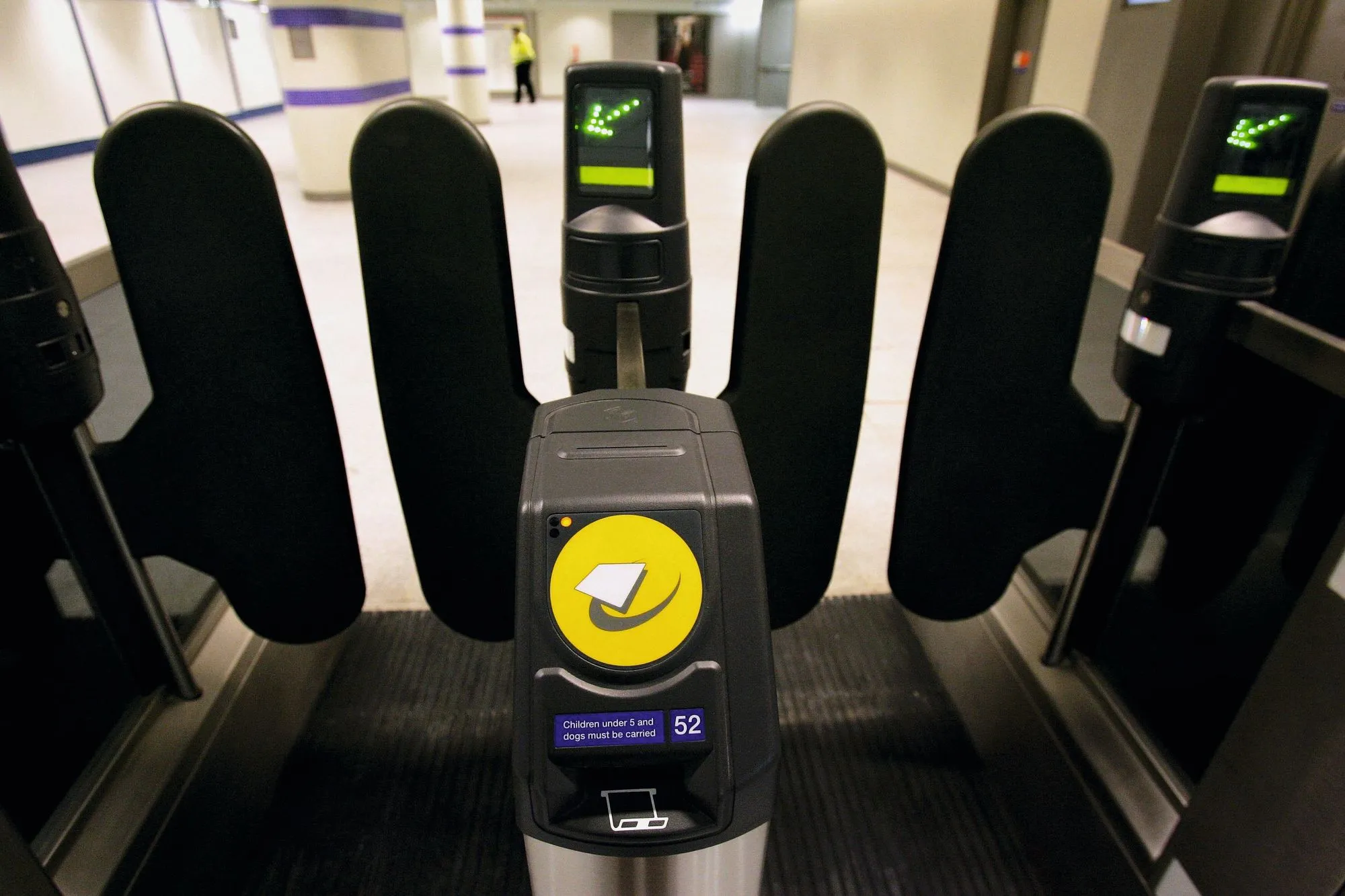Unit 5
Language
Language in progress
Ressource affichée de l'autre côté.
Faites défiler pour voir la suite.
Faites défiler pour voir la suite.
AGrammar at work
Ressource affichée de l'autre côté.
Faites défiler pour voir la suite.
Faites défiler pour voir la suite.
1
Les noms composés
Observez le texte ci-dessous pour expliquer les règles d'emploi des noms composés.
Do you want to avoid traffic jams and get great views of the skyline at the same time? Board the river bus at one of the 22 piers along the Thames!
Unlike river tours, there is no commentary, but you can download the visitor app for free and transform your smartphone into an audioguide.
No need to pay, just use your Oyster card or contactless credit card to tap on and off the river bus, just like in the Tube.
All piers are accessible to wheelchairs, except for Cadogan Pier and London Bridge City Pier.
Unlike river tours, there is no commentary, but you can download the visitor app for free and transform your smartphone into an audioguide.
No need to pay, just use your Oyster card or contactless credit card to tap on and off the river bus, just like in the Tube.
All piers are accessible to wheelchairs, except for Cadogan Pier and London Bridge City Pier.
London River Bus Services on the Thames, VisitLondon.com, 2018.
a. Repérez les noms composés (= les noms comportant deux éléments).
b. Que remarquez-vous ?
c. À quoi correspondent-ils en français ?
Ressource affichée de l'autre côté.
Faites défiler pour voir la suite.
Faites défiler pour voir la suite.
2
Les adjectifs composés
Complétez ces phrases avec l'un des adjectifs composés suivants.1) The London Underground is extremely . There are boards, signs and maps everywhere.
2) If you want to train for running, London streets may not be the best place to do it.
3) London streets are quite safe for vehicles, they are very .
4) You can use public transport, even for trips.
Ressource affichée de l'autre côté.
Faites défiler pour voir la suite.
Faites défiler pour voir la suite.
3
Les noms composés
Combinez un élément A avec un élément B pour construire un nom composé qui complètera les phrases.•
A.
double-decker
sun
cable
front
news
under
sight
B.
buses
cars
ground
set
seat
seeing
papers
1) Every day free
2) What better journey to watch the
3) Many
Ressource affichée de l'autre côté.
Faites défiler pour voir la suite.
Faites défiler pour voir la suite.
BGrammar in progress
Ressource affichée de l'autre côté.
Faites défiler pour voir la suite.
Faites défiler pour voir la suite.
4
Les adverbes
Transformez ces adjectifs en adverbes : clever / hurried / occasional / sleepy. Puis utilisez-les pour compléter les phrases.In the morning, commuters sit
Ressource affichée de l'autre côté.
Faites défiler pour voir la suite.
Faites défiler pour voir la suite.
5
Le comparatif
Complétez les phrases avec un comparatif.
1) To get from one side of London to the other, it's
2) It's
3) The view of the Thames is
4) The bus is
Ressource affichée de l'autre côté.
Faites défiler pour voir la suite.
Faites défiler pour voir la suite.
CFrom French to English Mediation
Ressource affichée de l'autre côté.
Faites défiler pour voir la suite.
Faites défiler pour voir la suite.
6
La traduction de « il y a »
Traduisez en anglais.1) Le musée du transport de Londres s'est ouvert il y a presque 40 ans.
2) Dans ce musée, il y a une exposition sur les transports du futur.
3) Il y a 5 minutes, le bus était vide. Maintenant il n'y a plus de places !
4) Il y a trop de monde dans le métro, je vais prendre la navette fluviale à la place.
Ressource affichée de l'autre côté.
Faites défiler pour voir la suite.
Faites défiler pour voir la suite.
DVocabulary in progress
Ressource affichée de l'autre côté.
Faites défiler pour voir la suite.
Faites défiler pour voir la suite.
7
Complétez les phrases avec les mots de vocabulaire ci-dessous.


In the (1), when you arrive at the (2) you must (3) the yellow circle with your (4) (5). You can also use it to take the (6).
Ressource affichée de l'autre côté.
Faites défiler pour voir la suite.
Faites défiler pour voir la suite.
EPhonology in progress
Ressource affichée de l'autre côté.
Faites défiler pour voir la suite.
Faites défiler pour voir la suite.
L'intonation des listes
Quand on liste des éléments en anglais, on utilise une intonation montante (rising intonation\nearrow ) pour tous les éléments, sauf le dernier où on passe à une intonation descendante (falling intonation\searrow).
Ex : Whether your journey is by bus \nearrow, Tube \nearrow, train \nearrow, road, river \nearrow, tram \nearrow, licence \nearrow taxi, bicycle \nearrow or foot \searrow .
Ex : Whether your journey is by bus \nearrow, Tube \nearrow, train \nearrow, road, river \nearrow, tram \nearrow, licence \nearrow taxi, bicycle \nearrow or foot \searrow .
Ressource affichée de l'autre côté.
Faites défiler pour voir la suite.
Faites défiler pour voir la suite.
8Labo de langues
Écoutez puis entraînez-vous à lire ces phrases en utilisant correctement l'intonation montante ou descendante.
Enregistrez-vous pour vérifier !
Exercice 8
1) You can use your Oyster card on the underground, the bus, the cable car, the river bus, but not in a taxi.
2) The new Elizabeth line will go through Paddington, Bond Street, Tottenham Court Road, Farringdon, Liverpool Street, Whitechapel and finally Canary Wharf.
2) The new Elizabeth line will go through Paddington, Bond Street, Tottenham Court Road, Farringdon, Liverpool Street, Whitechapel and finally Canary Wharf.
Enregistreur audio
Ressource affichée de l'autre côté.
Faites défiler pour voir la suite.
Faites défiler pour voir la suite.
FLet's practice slamming!
Ressource affichée de l'autre côté.
Faites défiler pour voir la suite.
Faites défiler pour voir la suite.
9Labo de langues
Regardez la vidéo du poème d'Hussein Manawer, The Night Tube.
À votre tour de slammer les paroles sur la musique de votre choix ! Enregistrez votre slam.

 Hussein Manawer, 2018.
Hussein Manawer, 2018.


The Night Tube - Poem by Hussain Manawer
Enregistreur audio
Ressource affichée de l'autre côté.
Faites défiler pour voir la suite.
Faites défiler pour voir la suite.
GCollaborative learning
Ressource affichée de l'autre côté.
Faites défiler pour voir la suite.
Faites défiler pour voir la suite.
• En groupes, jouez à « London Transport Game ». L'objectif est de se déplacer d'un côté de Londres à l'autre aussi rapidement que possible. Bien entendu, le parcours sera semé d'embûches...
• Tirez une carte pour connaître votre point de départ, votre point d'arrivée ainsi que les stations par lesquelles vous devez passer ou les contraintes que vous devrez respecter.
Vous trouverez les cartes .
Tip: Utilisez une carte du métro pour vous aider ().
• Tirez une carte pour connaître votre point de départ, votre point d'arrivée ainsi que les stations par lesquelles vous devez passer ou les contraintes que vous devrez respecter.
Vous trouverez les cartes .
Tip: Utilisez une carte du métro pour vous aider ().
Une erreur sur la page ? Une idée à proposer ?
Nos manuels sont collaboratifs, n'hésitez pas à nous en faire part.
j'ai une idée !
Oups, une coquille
